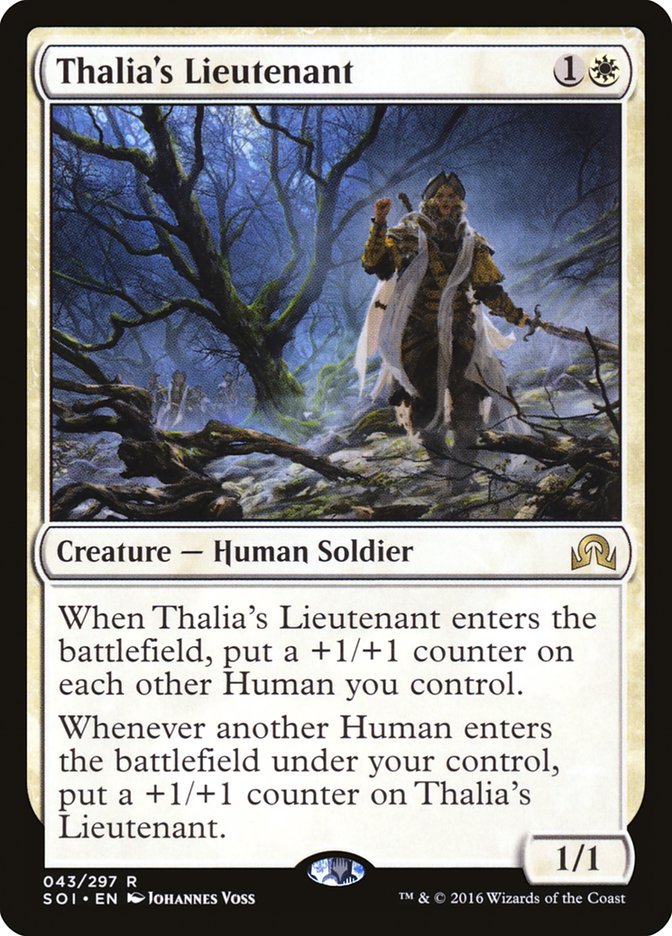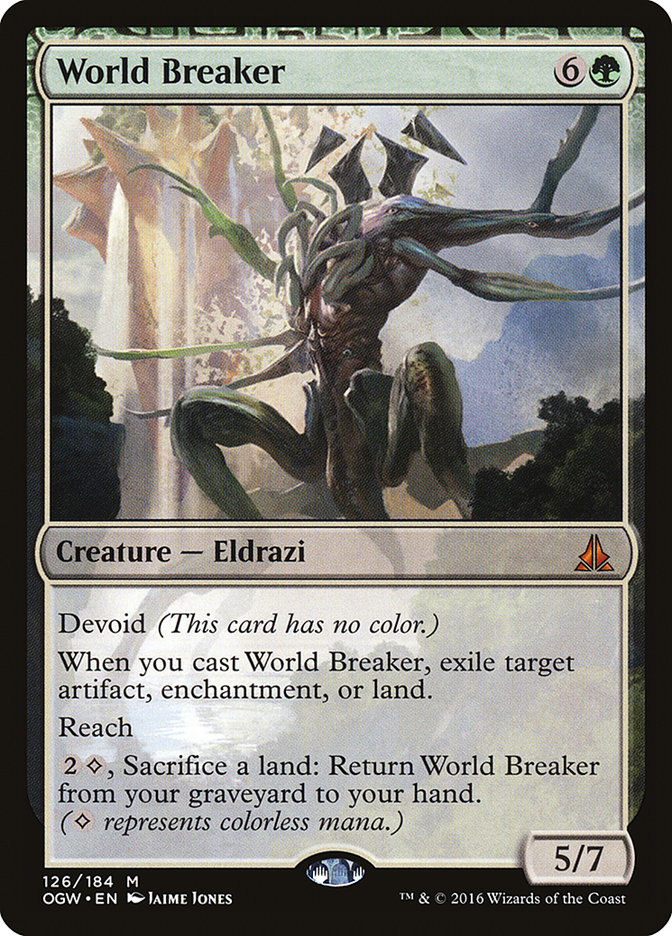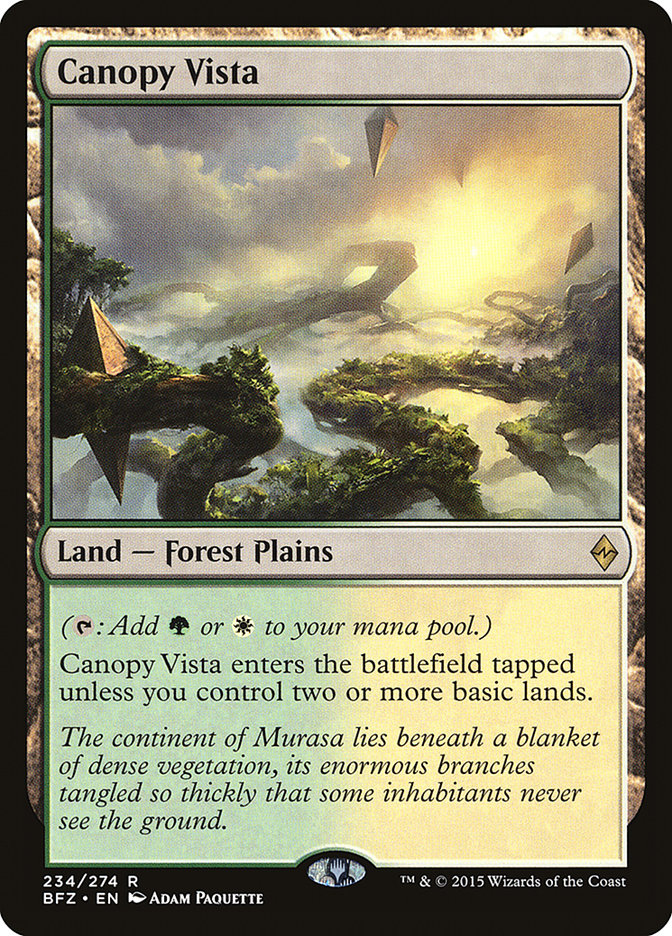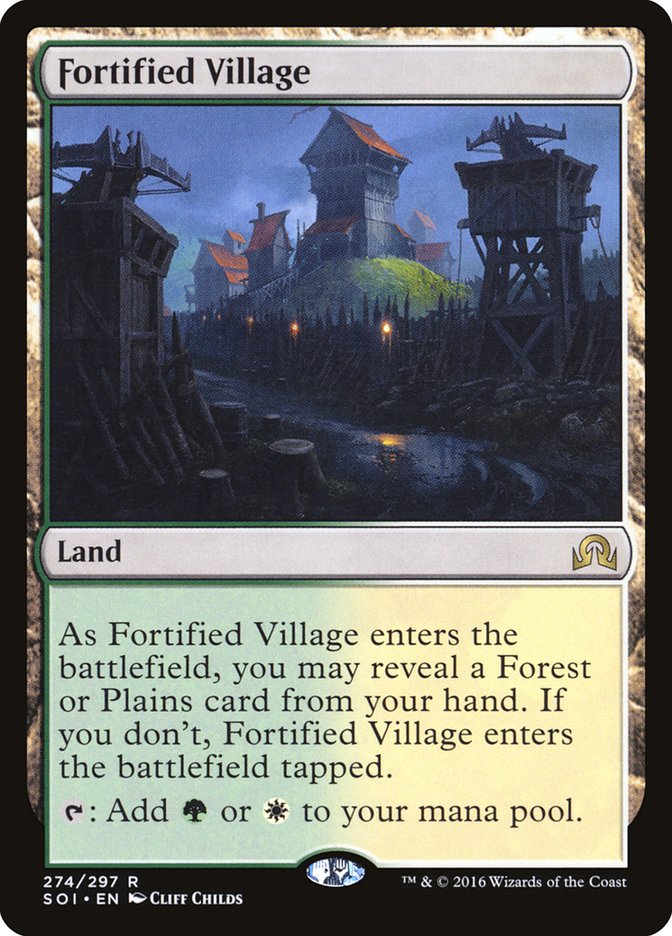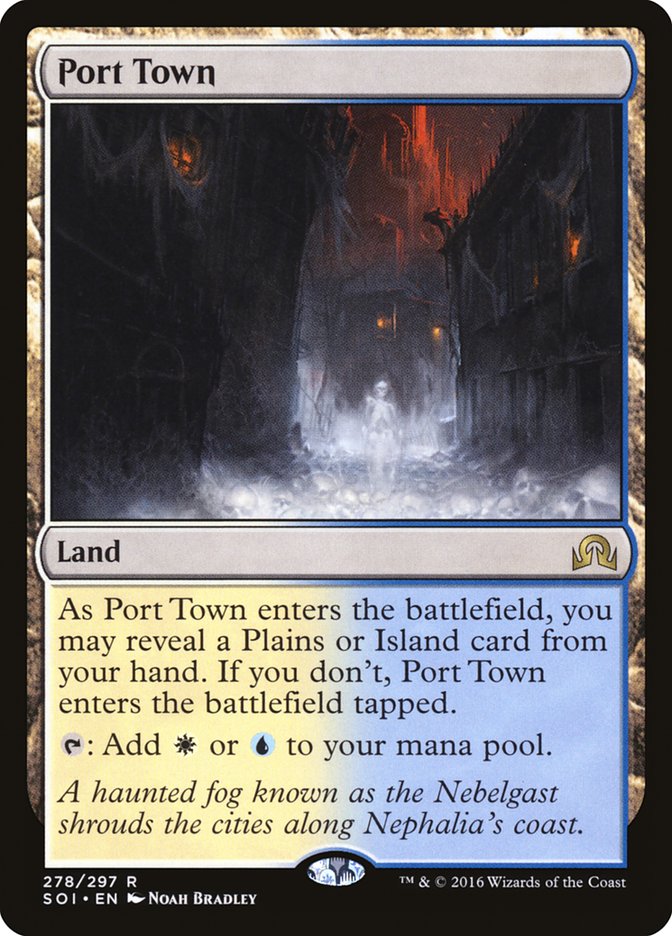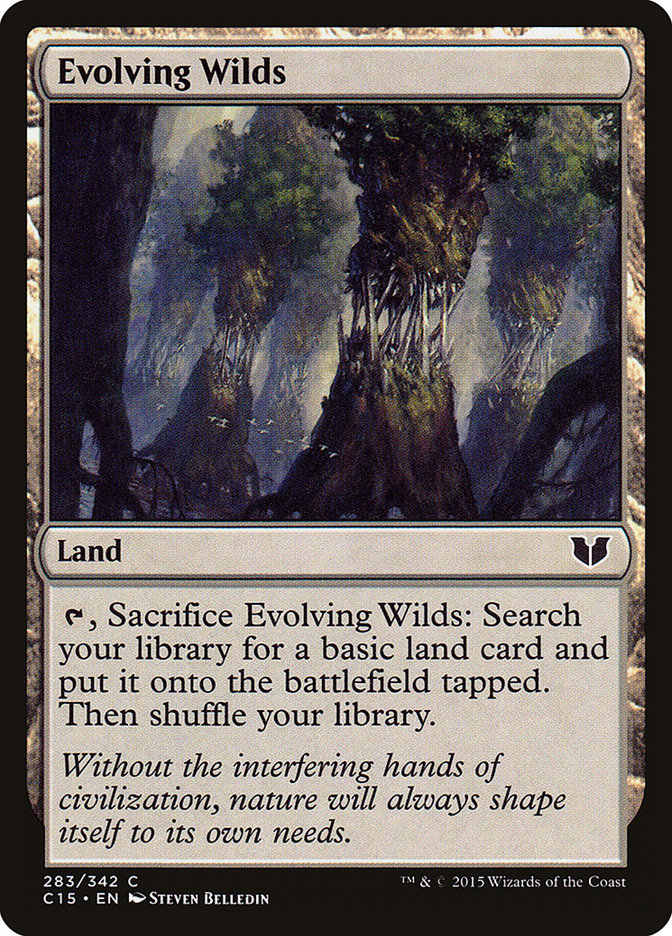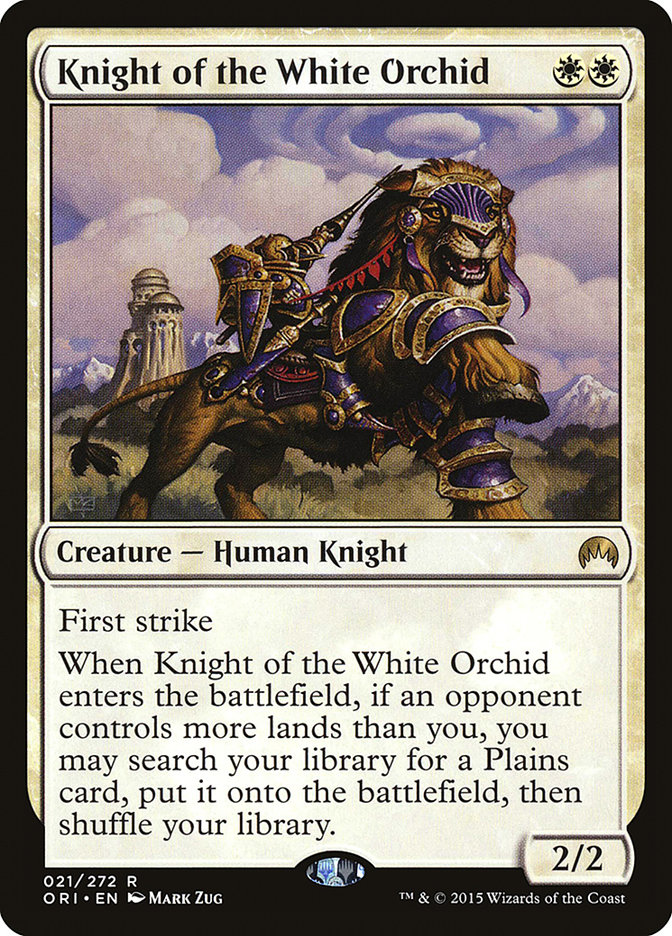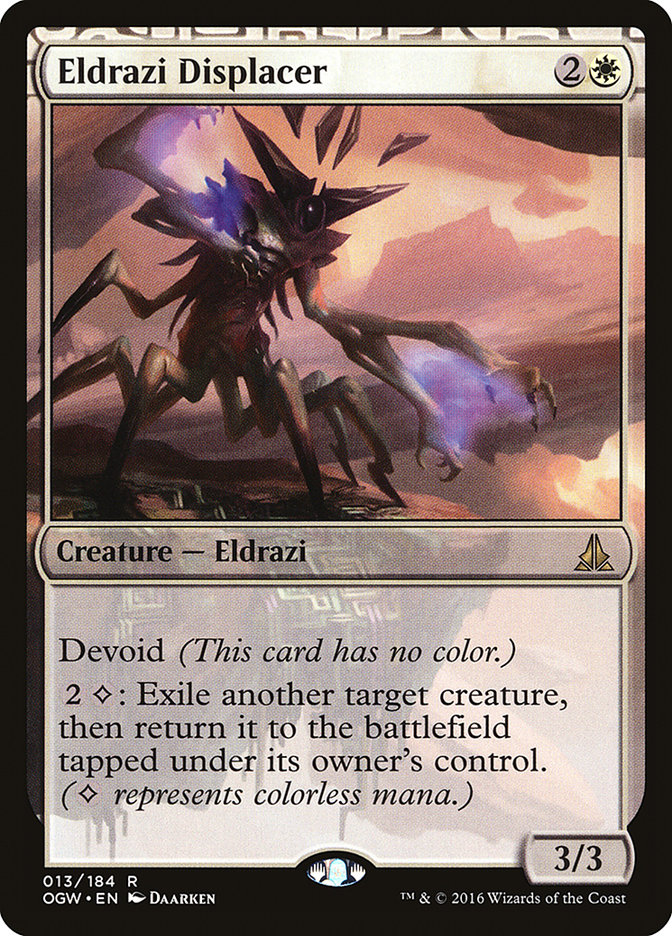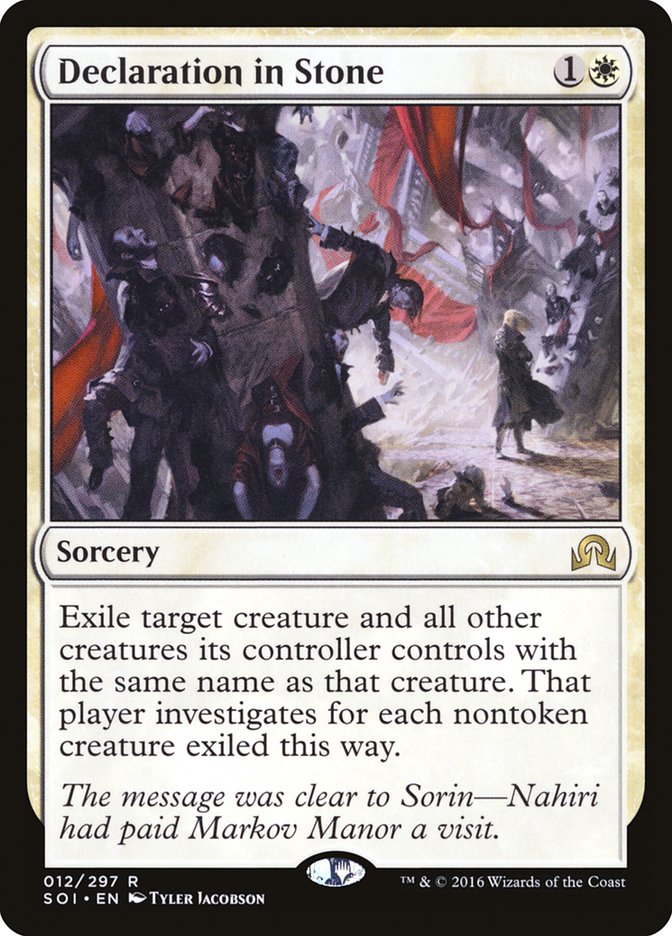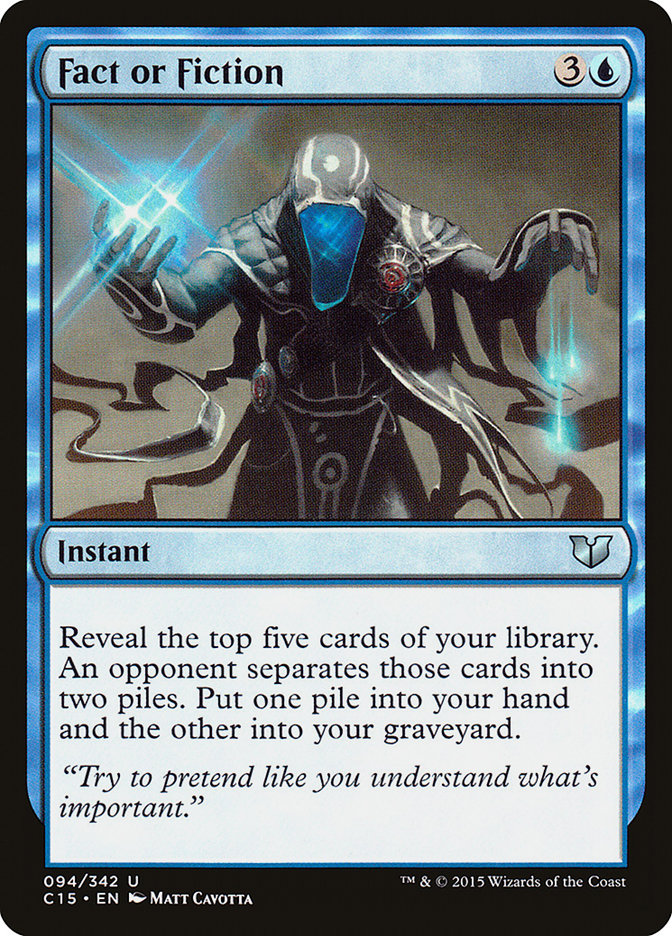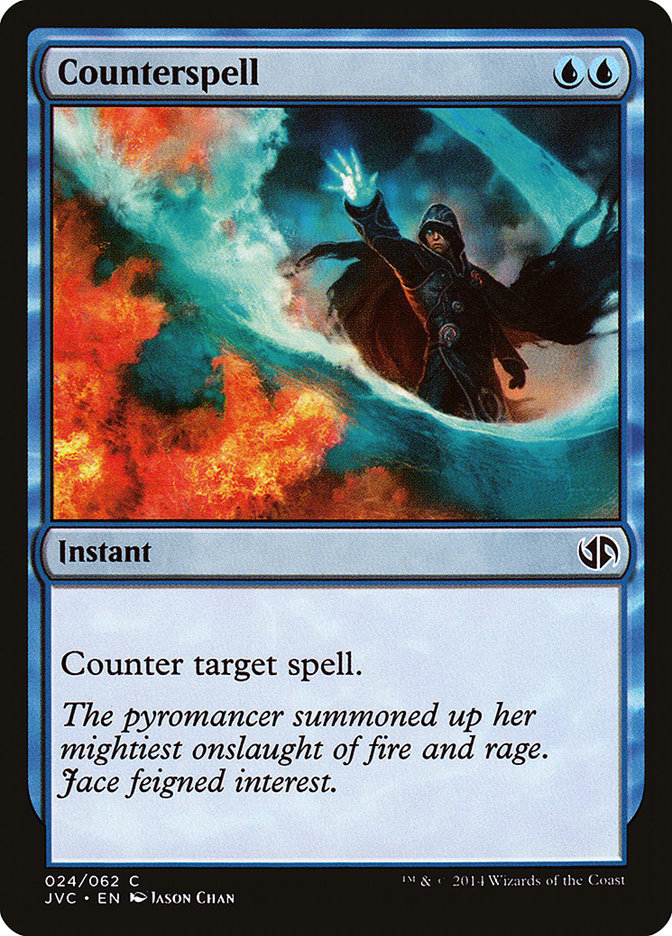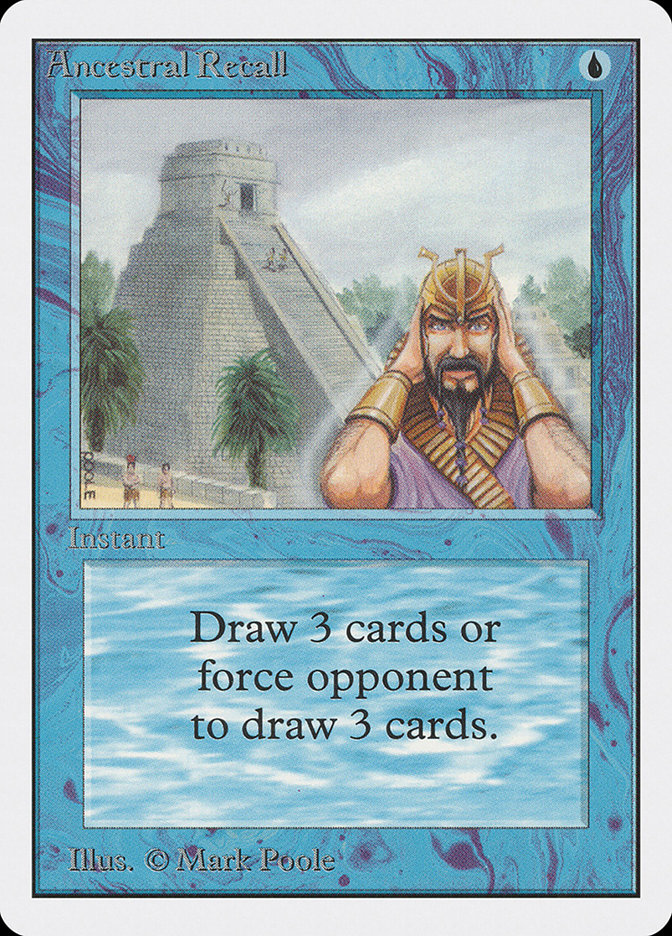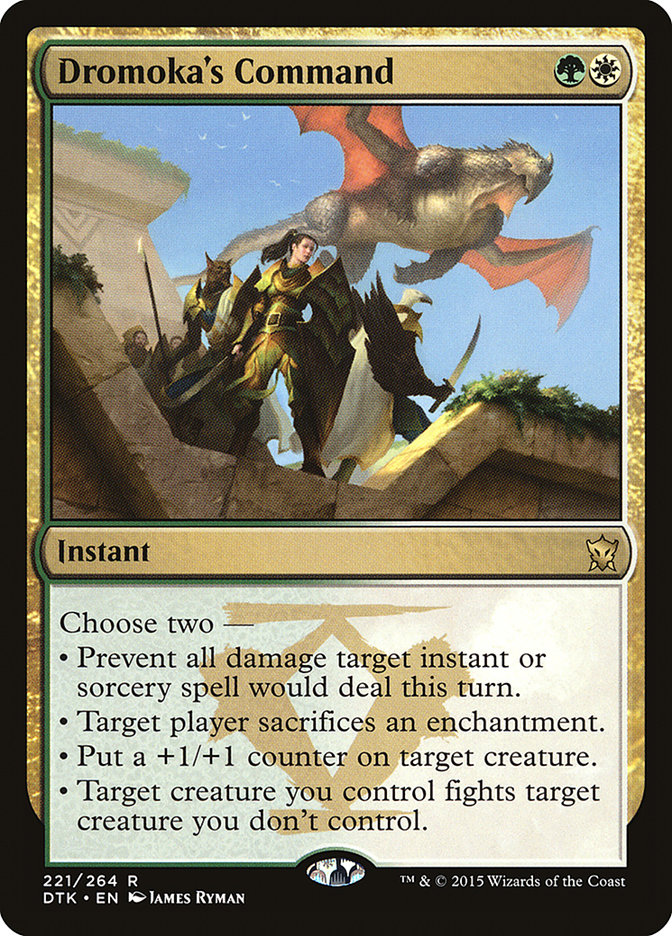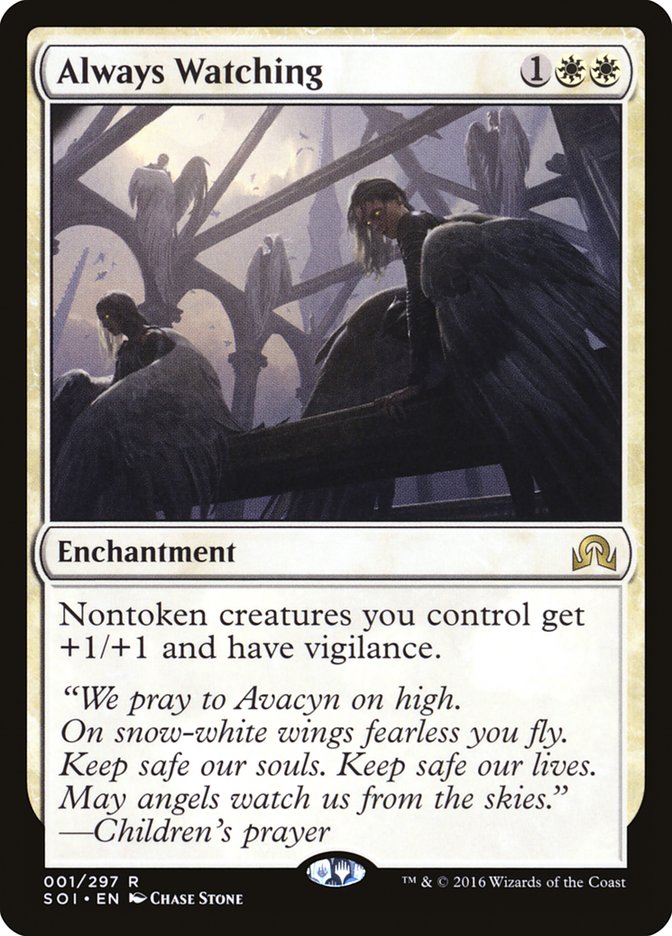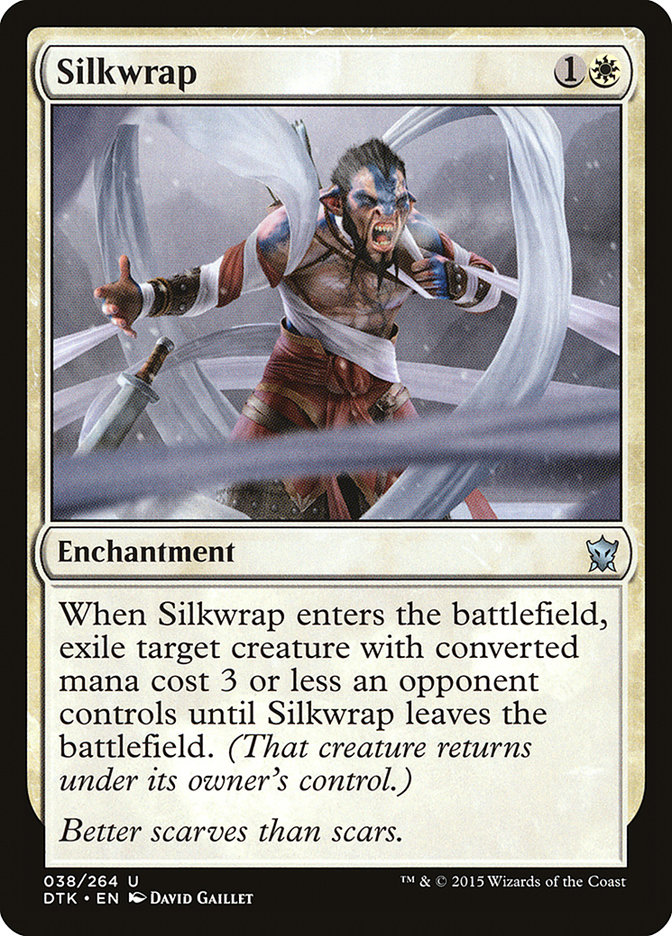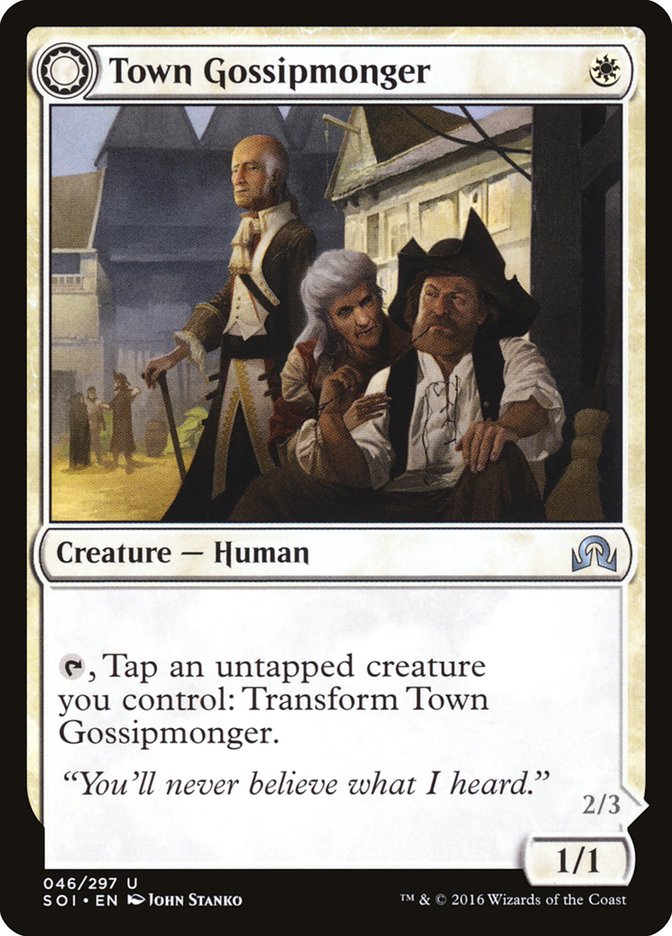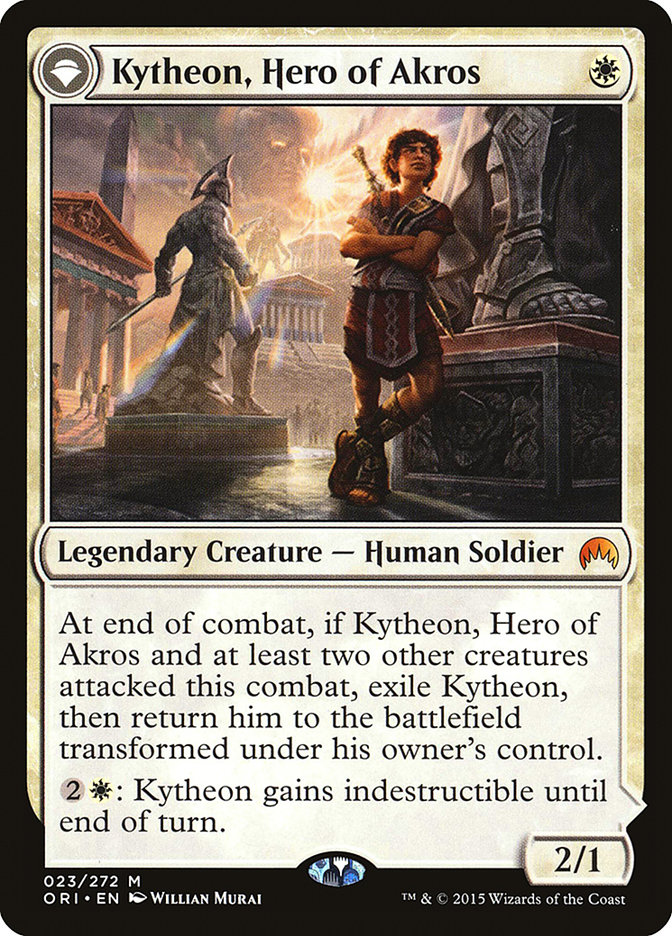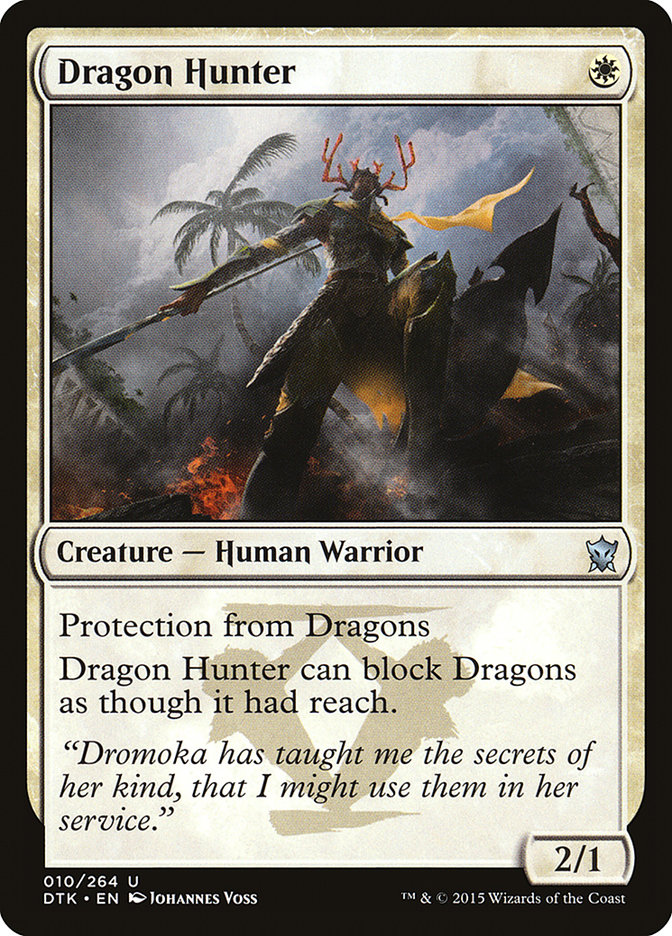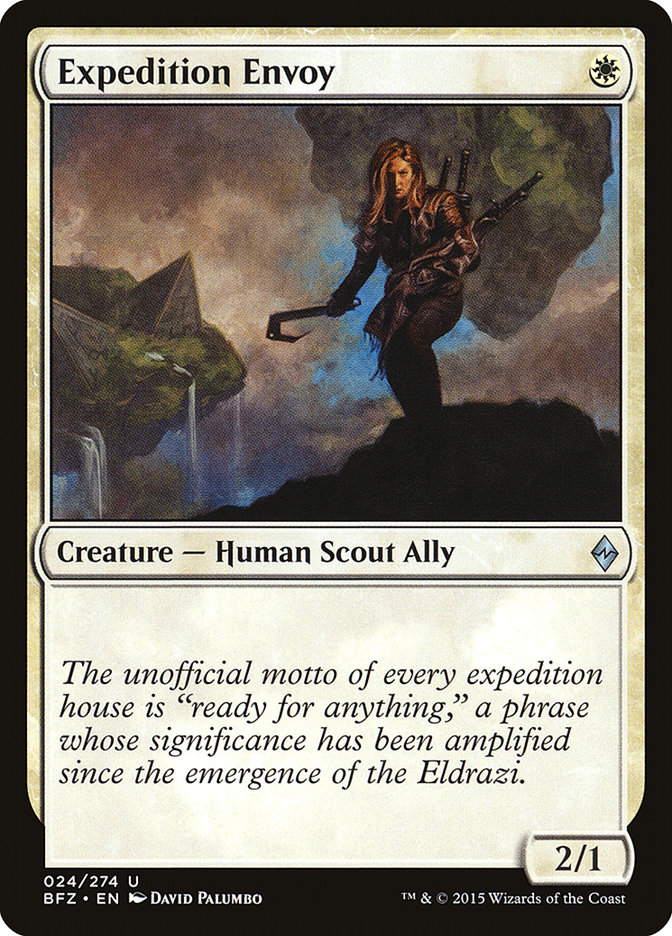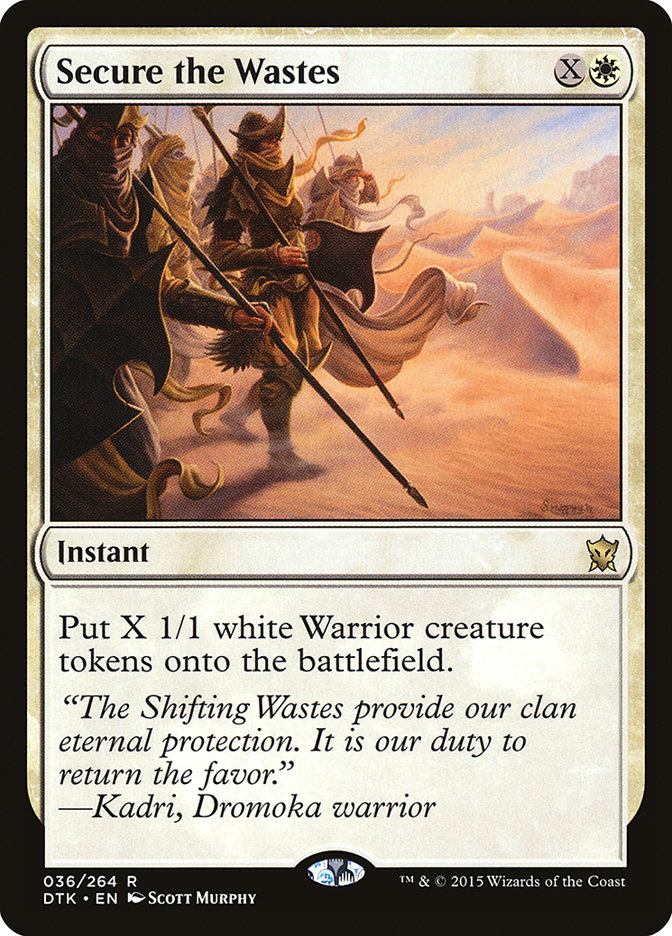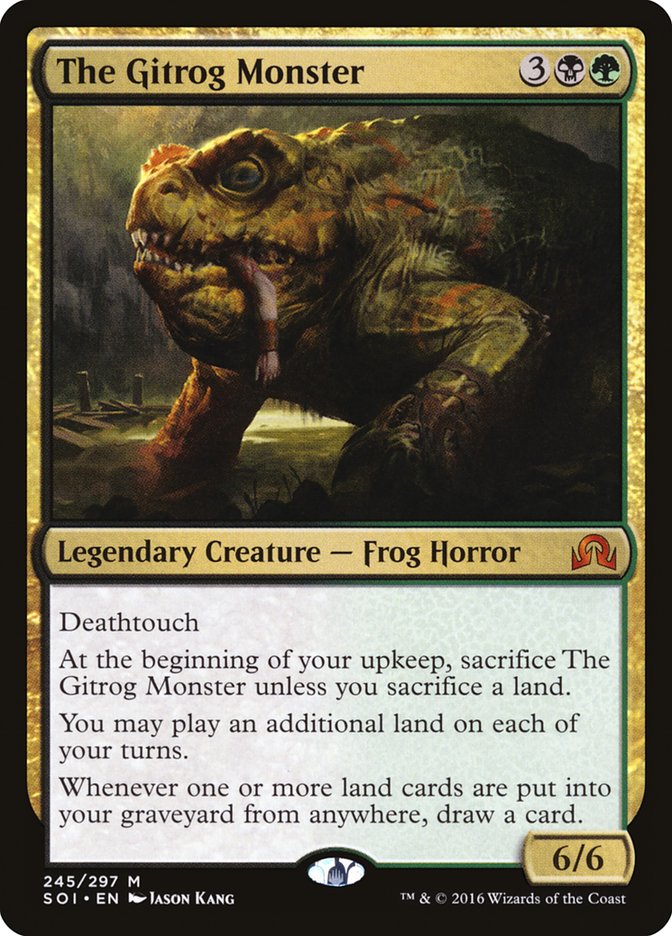1. The Rules of Engagement Are Well-Defined.
Most of the time, the first event after a new set release provides a framework. Developments on the format flow outwards from there.
#SCGBALT may have gone further than that and cut all the way to the core of Shadows over Innistrad Standard in two days.
Bant Company. Human Aggro. White Midrange, Ramp. These four macroarchetypes encompassed around 80% of the Top 64 decks and 70% of the Day 2 Metagame. The only other archetype that was more than 5% of Day 2 was Esper Dragons.
The gauntlet is well-defined. Don’t die to one-drops plus Thalia’s Lieutenant. Don’t get outclassed by overpowered four- and five-drop threats like Thought-Knot Seer and Archangel Avacyn. Have a way to fight lots of medium-sized creatures that push through blockers like Reflector Mage and Bounding Krasis. Have a clock to beat opponents before they cast a seven-drop like World Breaker or Dragonlord Atarka.
2. The Bant Mana Is Good at Playing the Whole Curve.
Creatures (27)
- 1 Hidden Dragonslayer
- 1 Den Protector
- 4 Jace, Vryn's Prodigy
- 1 Nissa, Vastwood Seer
- 4 Bounding Krasis
- 4 Reflector Mage
- 4 Sylvan Advocate
- 2 Archangel Avacyn
- 2 Tireless Tracker
- 4 Duskwatch Recruiter
Lands (25)
Spells (8)

Kevin Jones makes some really great first-week Standard decks. Yet again he has figured out a functional three-color manabase for an aggressively slanted midrange deck.
Take note of the balance on Battle lands and Shadow lands. Part of the reason people had so many mana issues was that they played a full set of everything. You simply can’t play enough basic lands for the Battle lands and have slots for the rest. Kevin and Jim Davis opted to play the lands that are more likely to enter the battlefield untapped on turn 4 to hit Collected Company, but it’s all about what your deck is trying to do. If you have early spells across colors, you need the Shadow lands to be at their best.
You also are looking at a deck where you are base-green in Bant and not base-white, the central color of the shard. That means your Port Town can’t have a lot of Plains and Islands to pair with it, which pushes you away from Shadow lands towards Battle lands. If you were just splashing blue in solid G/W, your Shadow lands would be better, and if you were base-white they would be at their best. This applies elsewhere. If you want to Grasp of Darkness in Grixis, you want Shadow lands, but if you want to Grasp of Darkness in Jund, you want Battle lands.
Evolving Wilds is a real miracle worker. As expected before the reveal of the Shadow lands, being a “tri-land” that fuels the Battle lands is a huge deal. Maybe the real trap was just not ignoring the Shadow lands in most cases. A tapped land on turn 1 is one of the best one-drops in the format for a lot of decks. Why do our lands need to support something else?
I still don’t think the mana is perfect, but it is close. Even with twelve basics or lands that find them, you are a bit low, and having more white sources than green ones is also suboptimal.
I do think having 25 hits on Collected Company is sketchy. I’ve previously never started less than 26, and 25 is usually the sideboarded bare minimum of functionality. Two of those “hits” are Den Protector and Hidden Dragonslayer, which are barely cards when face-up.
Creatures (29)
- 4 Knight of the White Orchid
- 1 Hidden Dragonslayer
- 2 Anafenza, Kin-Tree Spirit
- 3 Kytheon, Hero of Akros
- 3 Archangel of Tithes
- 4 Reflector Mage
- 4 Thraben Inspector
- 4 Thalia's Lieutenant
- 4 Hanweir Militia Captain
Lands (23)
Spells (8)

Alexander Davis’s deck is a perfect example of base-white pushing Shadow lands. You still don’t have the full set as you need lands with types to support them, but Fortified Village looks way better when you have sixteen Plains or Battle lands to reveal to it. This in turn filters down to letting you play one-drops and double-white two-drops.
It is worth noting this deck leans hard on Knight of the White Orchid. Seven green sources for eight spells isn’t enough, but eleven is closer. Knight of the White Orchid is also always on here, as you play the “Land Tax” game better than your opponent. You can always skip your third land and play all one- and two-drops if you need the fixing, while your opponent likely is unable to keep pace doing so and will have to play their third land and turn on Knight.
3. “Eldrazi” Is Code for “White Midrange.”
Creatures (22)
- 4 Knight of the White Orchid
- 2 Ayli, Eternal Pilgrim
- 4 Eldrazi Displacer
- 4 Thought-Knot Seer
- 3 Hedron Crawler
- 1 Matter Reshaper
- 4 Archangel Avacyn
Planeswalkers (4)
Lands (26)
Spells (8)

Creatures (25)
- 2 Pia and Kiran Nalaar
- 4 Hangarback Walker
- 4 Thopter Engineer
- 4 Vile Aggregate
- 4 Reality Smasher
- 3 Thought-Knot Seer
- 4 Hedron Crawler
Planeswalkers (4)
Lands (25)
Spells (6)
Sideboard

Fifteen Eldrazi midrange decks made the Top 64. Of those, thirteen were white in some fashion. The R/W lists were basically Mono-Red Eldrazi splashing the good white cards in Declaration in Stone and Eldrazi Displacer, while the W/B lists were basically W/B Midrange splashing Thought-Knot Seer and Eldrazi Displacer.
Basically, the message should be that Eldrazi are just good Magic cards that you pair with other good Magic cards. The only requirement is that you are playing enemy colors. Turns out the easiest “three-color” combination to support is the one with “on-colorless” utility lands and “tri-land” painlands.
4. White Is King.
Of the primary archetypes, only G/R Ramp forgoes basic Plains.
After multiple decades of waiting, white has the best cards in every role. It’s the new blue. It does everything. It answers everything. It fights on every axis.
Okay, maybe not the new blue, but it’s really good. Best answer, best aggressive threats, best overall threat in general, and a straight-up development miss are nothing to scoff at.
These cards all being good at the same time also means a lot of the decks tend to bleed together. Your opponent might play Kytheon, Hero of Akros, but you still need to be able to handle flying flash Angel legends because your opponent might just play them. Or they might play Collected Company and still represent a one-drop beatdown plan.
This kind of archetype bleed often happens when the mana is too good and you just put all the best cards in one deck because their colors don’t matter, but this is the first time I can remember all the best cards being in one color creating the same situation.
5. Gideon, Ally of Zendikar Is Still Very Good Against Some People.
Gideon, Ally of Zendikar is underperforming is a point of view people were taking before this weekend.
The point of view from this event appeared to be “Gideon can be bad, but it still kills people.”
Maybe he is too slow for Game 1 against Humans. Maybe he has some awkward fights with Archangel Avacyn in midrange matchups. Maybe Vampires fly over him.
Guess what? Maybe sometimes it doesn’t matter. Gideon, Ally of Zendikar on turn 4 still wins the game almost immediately if they don’t attack and pressure it. Even if he wasn’t in the maindecks, there were tons of sideboard copies of Gideon, Ally of Zendikar in the decks at this event. Against control and ramp, Gideon is the clock you need. Maybe you are on the play against W/B and just want to jam on them. The card still has tons of play.
6. The White Removal Balance Is Interesting Past the First Four Cards.
You are playing four Declaration in Stone. Period. The card is great. It kills everything, including the tokens that usually plague spot removal. It just wrecks games when it hits multiple actual cards.
But past that?
Maybe there is a small reason to not play Declaration in Stone. Jim Davis didn’t have any in his winning deck because he had Dromoka’s Command instead. Despite being a multicolored payoff, Dromoka’s Command is not actually a better removal spell than Declaration in Stone, but it has utility.
Sacrificing an enchantment matters again. They are threats and removal, and Dromoka’s Command creates a lot of two-for-ones.
When building your deck, keep this in mind. If you aren’t playing Always Watching or another crucial threat enchantment, try to play no enchantments so you have no two-for-one targets. That likely means you have to play a second color to lean on for removal, as can be seen in Eric Hymel’s W/B Eldrazi list.
If you have Always Watching, playing more enchantments is better so you can protect what really matters by sacrificing them. This may also be why Gryff’s Boon was sighted in the finals of the event. You can play it for impact and sacrifice it at low or no cost.
7. Splitting Your Early Drops Is Secretly Brilliant.
Creatures (28)
- 4 Knight of the White Orchid
- 3 Dragon Hunter
- 3 Kytheon, Hero of Akros
- 2 Consul's Lieutenant
- 2 Expedition Envoy
- 4 Thraben Inspector
- 4 Thalia's Lieutenant
- 3 Hanweir Militia Captain
- 3 Town Gossipmonger
Lands (20)
- 19 Plains
- 1 Westvale Abbey
Spells (12)

Declaration in Stone is secretly the card that stifles aggressive draws the hardest. If you ever play multiples of the same creature early, you will just get double-killed for two mana and one card and your entire early-game tempo will be reversed. The specific sequence that is the most troubling is “one-drop into double one-drop” getting stifled, which spells the doom of Humans in a lot of spots.
What is an aggressive deck to do about this?
Simple: don’t make your triple-one-drop draws line up. Dragon Hunter might be almost strictly better than Expedition Envoy when on the battlefield, but once stuck in a giant marble pillar, they are all the same. With the full split, you are almost never losing two one-drops to Declaration in Stone and can keep getting your beat on.
8. If You Aren’t Playing White, You Need Some Big Engine to Trump it.
The way to beat white is not to match it card-for-card. You need to just bury it.
Not a lot of engines succeeded this weekend, but there were there a few that had real representation: lots of tokens with Evolutionary Leap or mass pump, Pyromancer’s Goggles, or The Gitrog Monster.
Creatures (10)
Planeswalkers (2)
Lands (26)
Spells (22)
- 4 Fiery Temper
- 4 Lightning Axe
- 4 Tormenting Voice
- 1 Anticipate
- 3 Pyromancer's Goggles
- 3 Magmatic Insight
- 1 Kozilek's Return
- 2 Fall of the Titans
Sideboard

Pyromancer’s Goggles is the highest-profile engine thanks to Todd Anderson, but it might be the most exploitable. The red removal shreds the small-ball creature decks, but there are a lot of ways to just avoid it.
The problem is also exacerbated if you attack the ways the deck actually gets up on cards. The Thing in the Ice beats give the deck an out to people trying to stifle its card advantage, but the tempo shell behind everything quickly falls apart without the ability to go big. See all the ways I gave last week to beat Thing in the Ice decks for more on how to attack the general category of decks this falls into.
Creatures (15)
Planeswalkers (7)
Lands (26)
Spells (12)

Creatures (29)
- 4 Elvish Visionary
- 2 Sidisi, Undead Vizier
- 1 Shaman of Forgotten Ways
- 4 Hangarback Walker
- 2 Ulamog, the Ceaseless Hunger
- 4 Catacomb Sifter
- 4 Blisterpod
- 2 Scion Summoner
- 2 Ulvenwald Hydra
- 4 Loam Dryad
Planeswalkers (3)
Lands (22)
Spells (6)

The tokens angle is super-straightforward. There are a lot of cards that make multiple creatures and a lot of cards that pay you for having multiple creatures.
The big lesson here is that, whatever creatures you choose, your tokens either need to be Scions or instants to avoid Declaration in Stone. Scions can be sacrificed for mana in response to fizzle the sorcery, and Secure the Wastes kills without giving them a main phase to cast their removal in.
Creatures (14)
- 1 Nissa, Vastwood Seer
- 2 Kalitas, Traitor of Ghet
- 1 Goblin Dark-Dwellers
- 4 Sylvan Advocate
- 2 Mina and Denn, Wildborn
- 2 Tireless Tracker
- 2 The Gitrog Monster
Planeswalkers (7)
Lands (26)
Spells (13)

The Gitrog Monster is a little more interesting. It should be bad on paper, but it dodges much of the format’s removal. Roast, Lightning Axe, Ultimate Price, Silkwrap, and Dromoka’s Command don’t stand a chance. Even if they have the immediate answer, you have the ability to set up the Frog to get a trigger in and end up gaining a card.
The synergy overlap between it and Tireless Tracker is what has me most interested. You have cards that pay you for lands and can force the same dilemma on the opponent: the immediate trade means you are up on cards, but not trading means you crush them.
#SCGBALT has absolutely set the stage for the format moving forward. Not playing white means you are making a statement about beating the best cards, and playing white means you think you have the mirror on lock. This level of dominance is likely unsustainable, but to me the takeaway is clear.
Archangel Avacyn is out for blood.



